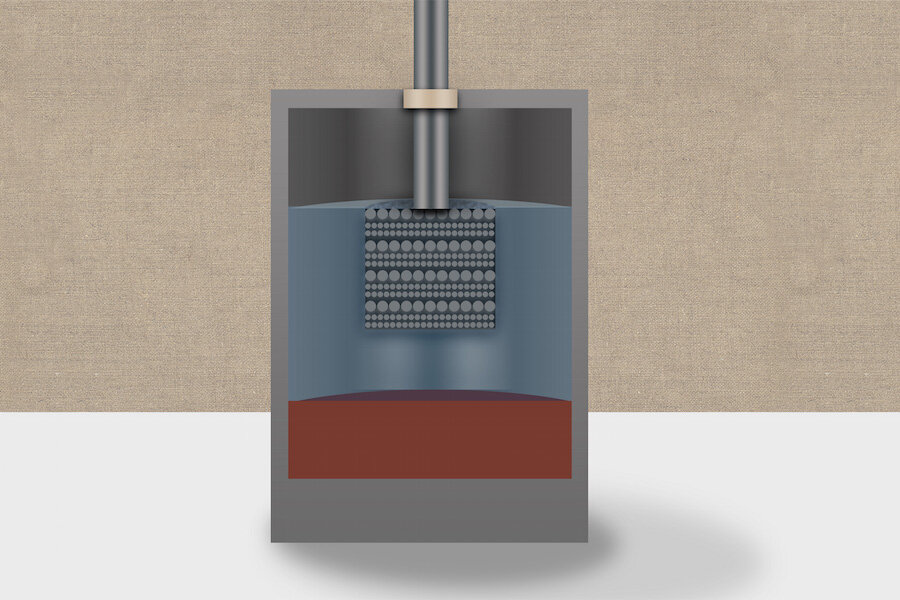Why liquid metal batteries will soon be even cheaper
Loading...
A new discovery could innovate an already innovative technology: liquid metal batteries.
A decade ago, a Massachusetts Institute of Technology (MIT) professor and his students invented an alternative to the common lithium-ion batteries found in most electronics. Liquid metal batteries were built to handle large amounts of energy, be cheap to make, and have a longer lifespan than other types of batteries.
On Tuesday, a new report published in Nature Communications suggests that goal may be easier than before. MIT Prof. Donald Sadoway, the man behind the original invention, and his team of scientists have discovered a way to use more common and inexpensive calcium in batteries, potentially opening a new family of battery designs, according to the press release.
“If you want to make it dirt-cheap, make it out of dirt and preferably dirt from your own backyard, because then you know you have a secure supply chain,” Professor Sadoway told The Christian Science Monitor in August.
In many ways, the calcium discovery fits the "dirt from your own backyard" goal.
The team has demonstrated that calcium, which is both readily available and inexpensive, can form two parts of the three-layer liquid metal batteries: the negative electrode layer and the molten sand that separates the layers.
Calcium’s viability for battery use was a surprise to the research team. Calcium has a melting point of 900 degrees Celsius, which is incompatible with batteries. Also, calcium typically easily dissolves in salt, and keeping the three layers of the battery separate was one of the keys to the design.
Both problems were solved with magnesium, another ubiquitous metal. Alloying the calcium with magnesium lowered the melting point, and a new salt composition was less reactive to the calcium-magnesium alloy.
As a serendipitous bonus, calcium and magnesium are regularly found together, so well bonded that they require expensive processing to separate their ores. The discovery that the calcium works better when combined with magnesium could allow the use of even cheaper, lower grade ores in the future.
"There's a whole level of supply-chain optimization that people haven't thought about," Sadoway said in the press release.
Improved battery technology can not only extend commercial battery life, but also increase the safety and sustainability of modern power grids. Backup water is stored in cisterns, food in refrigerators and silos, but electricity is made for the moment it's needed.
“The grid is the biggest supply chain on the planet – and it has zero inventory,” Sadoway told the Monitor in his MIT lab last August. “The electricity that powers the lights in this building was generated just moments ago.”
His team’s most recent discovery joins other news of battery innovation as Dyson, the British company behind bladeless fans, invests £1 billion in battery technology and Tesla’s Gigafactory in Nevada begins constructing batteries for homes and cars.








